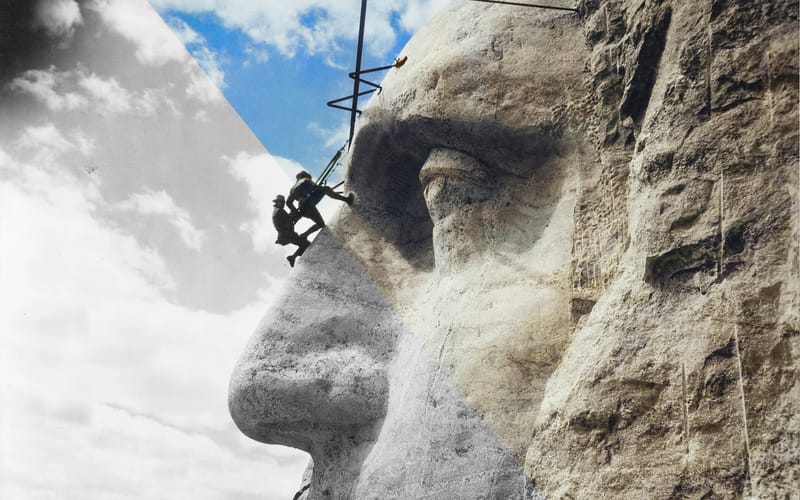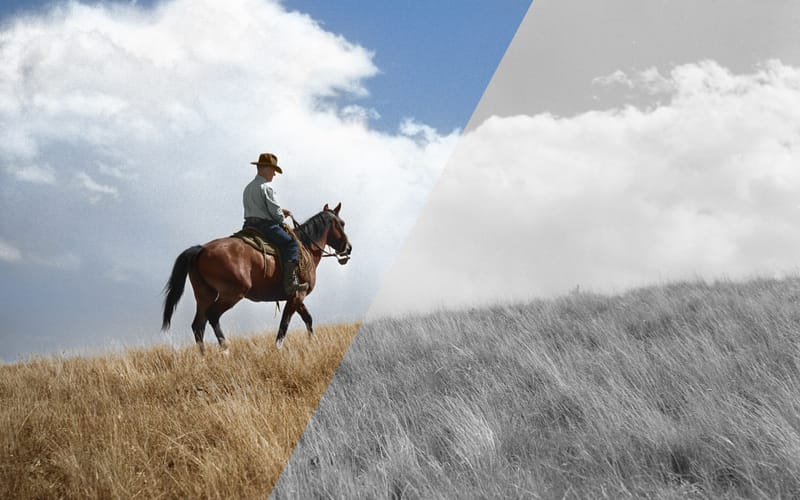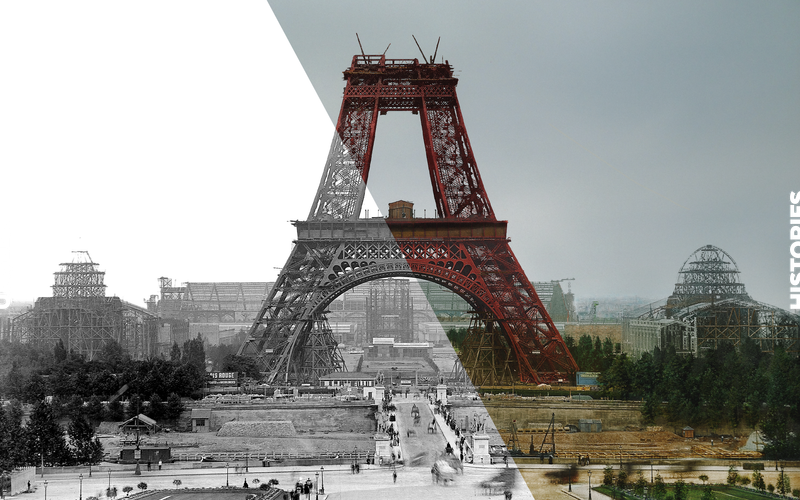Main Street at Fayetteville, 1941
Photograph by Jack Delano, North Carolina, United States
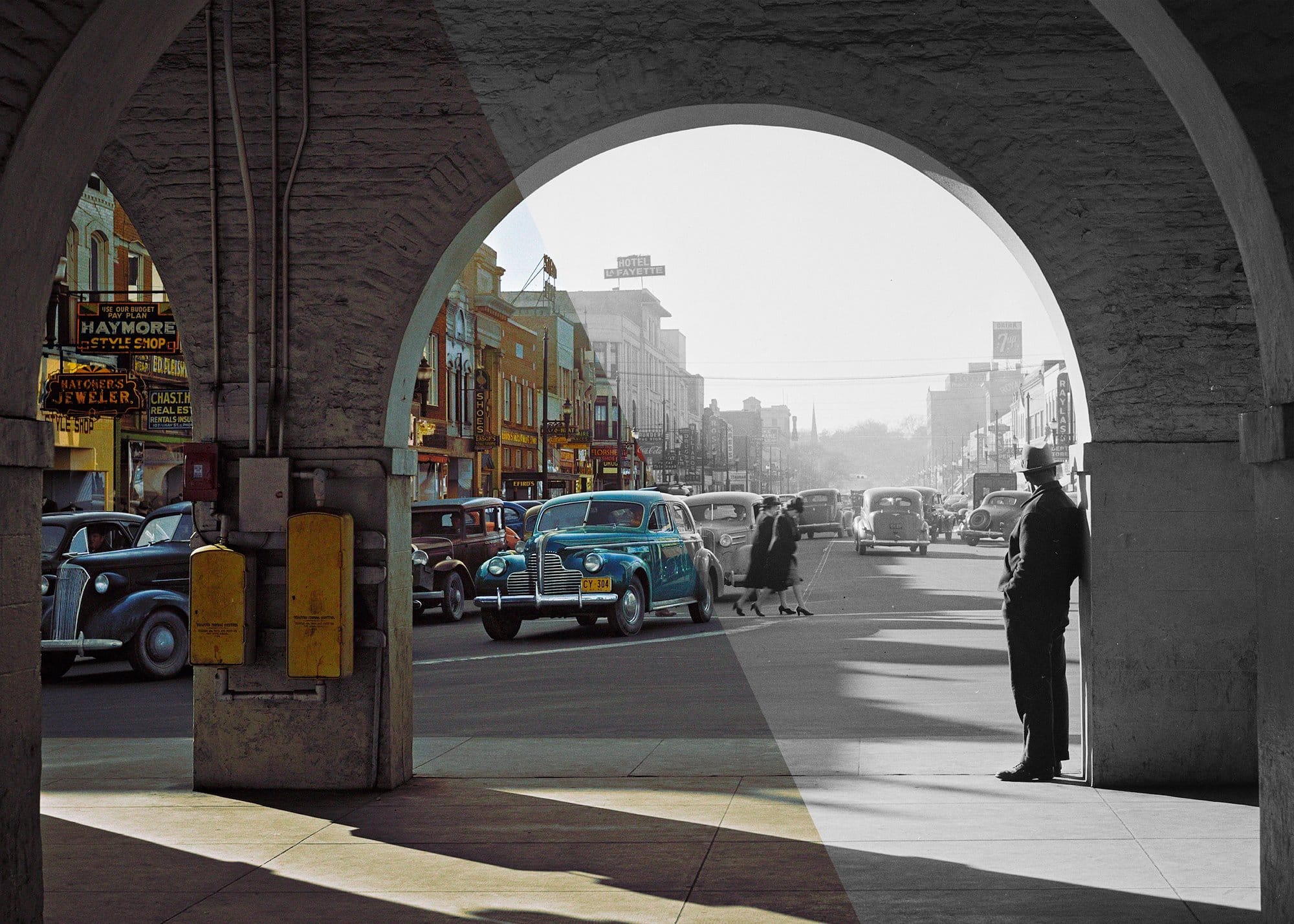
Snapshot is an ongoing series revealing the story behind a single picture from the archives.

From a distance the scene is banal, but as you get closer, the two female characters stand out… traffic, buildings and coloured signs blend together… we are interested in the story of this man who waits and watches the cars and people go by.
The first thing that catches your eye is the big arch in this photo by Jack Delano, this architectural detail is not very common in American cities, and is more easily found in Europe. The whole thing forms a 'frame within a frame', and places us as a spectator behind a character who also seems to be observing the scene, and the photographer's composition creates a very theatrical effect and an interesting mise en abym.
C’est d’abord la grande arche qui interpelle dans cette photo de Jack Delano, ce détail architectural peu commun dans les villes américaines et qu’on trouve plus facilement en Europe. Le tout forme un cadre dans le cadre et nous place en tant que spectateur derrière un personnage qui semble lui aussi observer la scène, et la composition du photographe crée un effet très théâtral et une mise en abime intéressante.
The second fascinating effect of this photograph is its ability to become more and more complex as we approach it. From a distance the scene is banal, but as you get closer, the two female characters stand out and then traffic, buildings and coloured signs blend together.
Le deuxième effet fascinant de cette photographie est sa capacité à devenir de plus en plus complexe au fur et à mesure que l’on s’en approche. De loin la scène est banale, en se rapprochant les deux personnages féminins se distinguent et ensuite tout le traffic automobile, les bâtiments et les enseignes colorées se mélangent.
The scene becomes cinematic and we are interested in the story of this man who waits and watches the cars and people go by.
La scène devient cinématographique et on s’intéresse alors à l’histoire de cette homme qui attend et qui regarde passer les voitures et les gens.
The evening light contributes to give relief to this scene and pushed me to colorize it by emphasising warm tones on the areas touched by the sun. The rest of the scene, darker where the cars and signs are mixed, is already almost in the night, the colours are more violent and saturated.
La lumière du soir contribue à donner du relief à cette scène et m’a poussé à la coloriser en privilégiant des tons chauds sur les parties touchées par le soleil. Le reste de la scène, plus sombre où se mêlent les voitures et les enseignes est déjà presque dans la nuit, les couleurs sont plus violentes et saturées. 𖨠
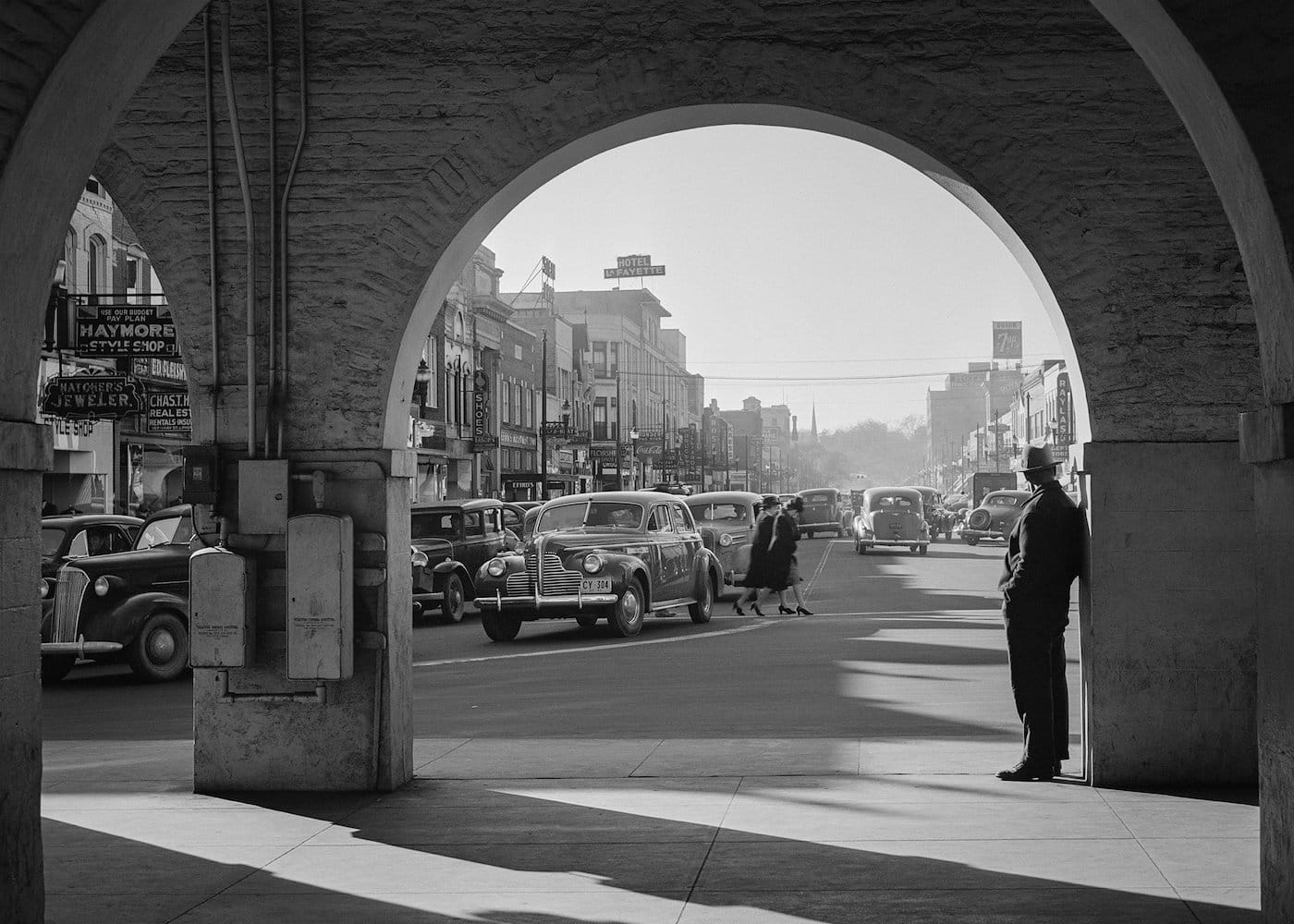
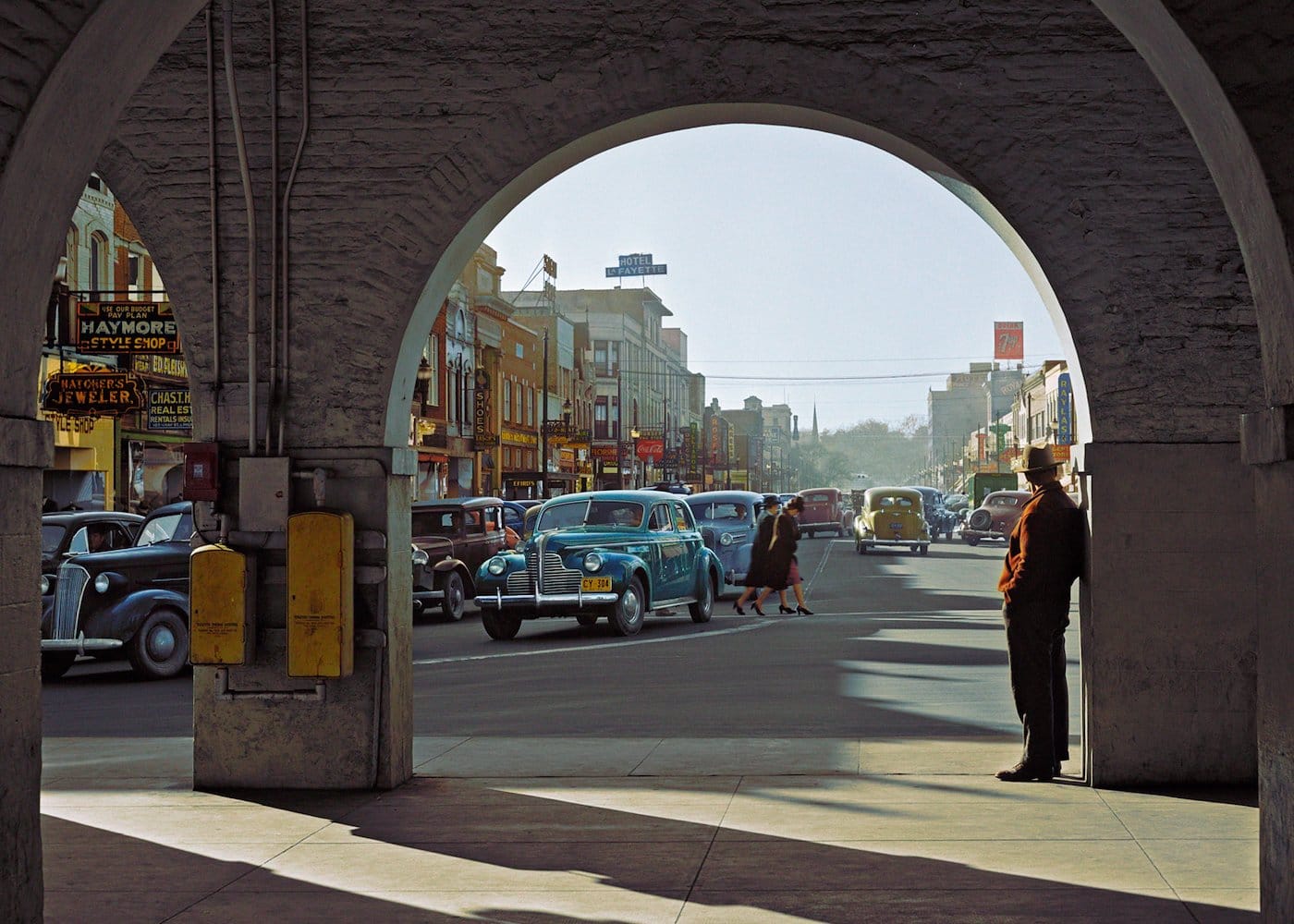
Born August 1, 1914, in Voroshilovka, Ukraine, Jack Delano eventually changed his first and last name from Jacob Ovcharov, at the behest of his fellow students at the Pennsylvania Academy of Fine Arts. Like other photographers of the period, Delano got his start working for the federal government in the 1930s, with the support of Roy Stryker and the FSA during the Great Depression.
Delano took thousands of photos for the FSA until the agency was shuddered in the early 1940s and transformed into the Office of War Information, quietly becoming an icon of photojournalism in his own right. During his twilight years, Delano and his wife Irene moved to Puerto Rico, where both would live out their days, becoming a founding member of Puerto Rican Educational Television until his passing in the 1990s.
Né le 1er août 1914 à Voroshilovka, en Ukraine, Jack Delano a finalement changé son nom et son prénom de Jacob Ovcharov, à la demande de ses camarades de l'Académie des Beaux-Arts de Pennsylvanie. Comme d'autres photographes de l'époque, Delano a commencé à travailler pour le gouvernement fédéral dans les années 1930, avec le soutien de Roy Stryker et de la FSA pendant la Grande Dépression.
Delano a pris des milliers de photos pour la FSA jusqu'à ce que l'agence soit démantelée au début des années 1940 et transformée en Office of War Information, devenant discrètement une icône du photojournalisme à part entière. Au crépuscule de sa vie, Delano et sa femme Irene s'installent à Porto Rico, où ils finiront leurs jours, devenant un membre fondateur de la Puerto Rican Educational Television jusqu'à son décès dans les années 1990.
Fayetteville is named after the French Revolutionary Gilbert du Motier, Marquis de Lafayette, an aristocrat and officer who fought in America's Revolutionary War between 1775-1783, allied with the Continental Army commanded by George Washington.
Fayetteville doit son nom au révolutionnaire français Gilbert du Motier, marquis de Lafayette, un aristocrate et officier qui a combattu dans la guerre d'indépendance américaine entre 1775 et 1783, allié à l'armée continentale commandée par George Washington.



